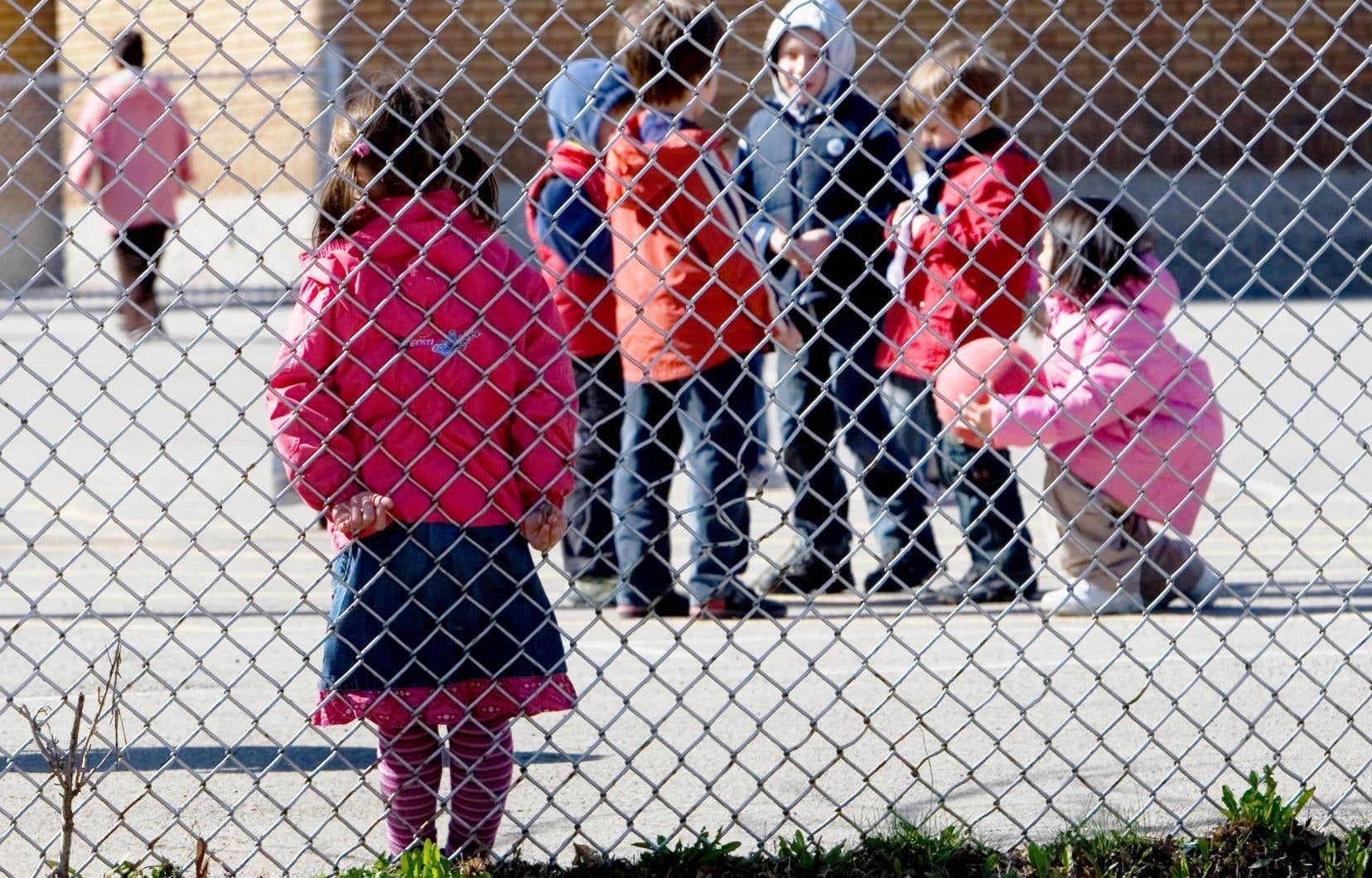We can’t escape, violence is everywhere, both in cottages and in schools, in the streets, in fratricidal wars. The more “news” we hear, the more violence hits us head-on and the more it worries us, the more it is localized, the closer it gets to all of us.
Just in recent days, we have been surprised by significant attacks against children, caregivers, teachers, the elderly, and no neighborhood has escaped it. We can no longer ignore it, it creates worry, toxic stress and withdrawal. Prevention and repression do not seem to change anything, because it continues to progress and move closer to us in an insidious way.
We try very little, however, to explain it or understand it, we endure it, we are outraged by it and we repress it. We take it for granted that human nature retains this animal side that we have not yet managed to control, despite the great progress linked to our superior intelligence. We also talk about the influence of toxic environments and psychological distress which affect a large number of young and old individuals. It is commonly attributed to different mental health problems, but the link is not yet well defined. We also agree on the role of poverty, social inequities and exposure to violence at a young age as factors associated with and favoring its deployment.
Violence is certainly the product of great anger and major distress, but what makes one individual take action so suddenly and another in similar conditions refrains? What is the winning formula? Not clear either, but it’s the right question to ask to help us understand better.
Anger would be “a violent discontent accompanied by aggression”. Behind anger lie a host of other feelings and a panoply of emotions, certainly including deep sadness. These emotions of course vary from one individual to another, ranging from frustration to a feeling of rejection or injustice without forgetting resentment and revenge.
Life history is therefore clearly involved in many cases of violence. We must be careful, however, that it is not because we experience violence that we necessarily become violent ourselves. It is rather the reactions provoked by the violence and not the act itself which builds a course of anger and acts of violence. Humiliation, chronic fear, abandonment, accumulated wounds and accumulation of traumas more directly constitute a backdrop for this extreme violence.
The act of violence is not automatic. Many factors are involved in helping us develop a certain level of tolerance and restraint in the face of possible violent acts, throughout our lives. These protective factors will help the individual with a potential for violence to manage themselves better and to escape moments of extreme impulsivity.
Learning to manage your anger with special support to cope with bereavement or deep wounds probably remains the best prevention and protection tool to counter violence. In this sense, too few competent resources in this area are available, and many people who could benefit from them remain stuck in their anger with the consequences that we know.
Violence is not often gratuitous, it can be sometimes, but it is probably the exception. It is mainly related to pathological behavioral disturbances. Violence usually takes root deep within our being and is linked to a host of different triggers. We can already see it in children through difficult behaviors. It is therefore predictable with very real prevention potential.
Starting from the beginning of life to detect children’s potential for violence and supporting them in managing their strong emotions is certainly a good avenue of action in favor of non-violence.
